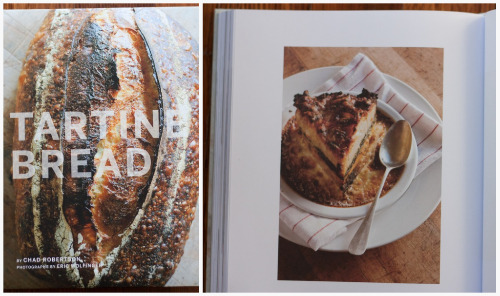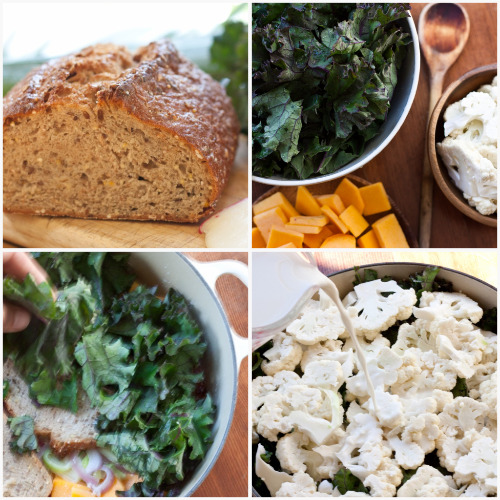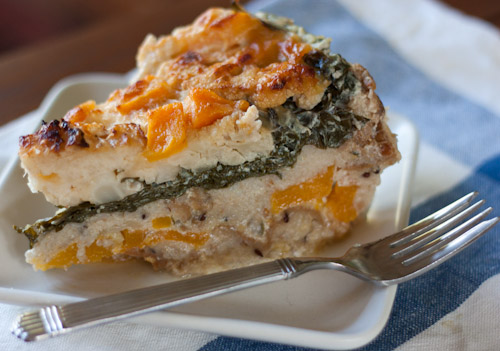Living in San Francisco, you're bound to have a love/hate relationship with Tartine Bakery. Love for all of the obvious reasons: most amazing morning bun, fabulous fruit tarts, and decadent chocolate desserts. Anything lemon. Almond croissants to rival Parisian patisseries. Strong coffee. So what's to hate? Weekend crowds and tourists--the fact that it's tough to squeeze in for that morning bun on a Sunday in any kind of sane manner.
Thankfully then, for weekend mornings when you can't muster the energy to elbow your way through the lines, we have the Tartine cookbooks (the first of which is aptly named Tartine). Now I very rarely write to publishers directly asking for a review copy of a book, but I did for Tartine's newest cookbook, Tartine Bread. I'd been awaiting its arrival ever since I heard that co-owner and bread master, Chad Robertson, was working on it. Chronicle Books was kind enough to send over a copy, and I stayed up and read it from cover to cover that evening. It's absolutely lovely. It's informative, it's inspiring, it's visually stunning. Chad gives you step-by-step instructions, guiding you (in pedestrian terminology) through the process of making his Basic Country Bread and Eric Wolfinger (who used to bake bread at the bakery) walks you through each step with his almost tactile, moving photos. It is as I knew it would be: a very special book.
From the get-go, Chad knew that the photos would be a critical part of the book because "traditional, intuitive bread making does not lend itself naturally to a written recipe." In addition to written instructions, someone needed to show readers how to make the bread--Eric Wolfinger has succeeded ten times over. Of the visual nature of the book, Chad notes, "Learning a craft is as much about copying as it is about understanding, as much visual as it is intellectual." From a quick glance at the cover of the book, you're already in Eric's world and as you flip to the first page, Chad takes your hand. You're now ready to bake bread.
The first 87 pages are devoted to a brief history of the bakery, the evolution of making and selling bread, and the detailed recipe for Chad's Basic Country Bread. In broad terms, he notes that "the goal of making bread with a satisfying depth of flavor, a good crust, and a moist, supple crumb is a constant." In more specific terms, the recipe for the Country Bread begins with a natural yeast starter, often called sourdough, although Chad promotes using a "younger" leaven which gives the bread much more of a subtle flavor. He explains that the concept dates back to before the 1930's when French bakers would use natural leaven in their baked goods--before the days of commercial yeast. Now if you tend to be one of those bakers who feel yeasted breads are a big enough leap and can't imagine making your own leaven, heed Chad's words: "The substantial gains in savor, keeping qualities, and versatile uses with the natural leaven justify the time it takes to build and care for one."


